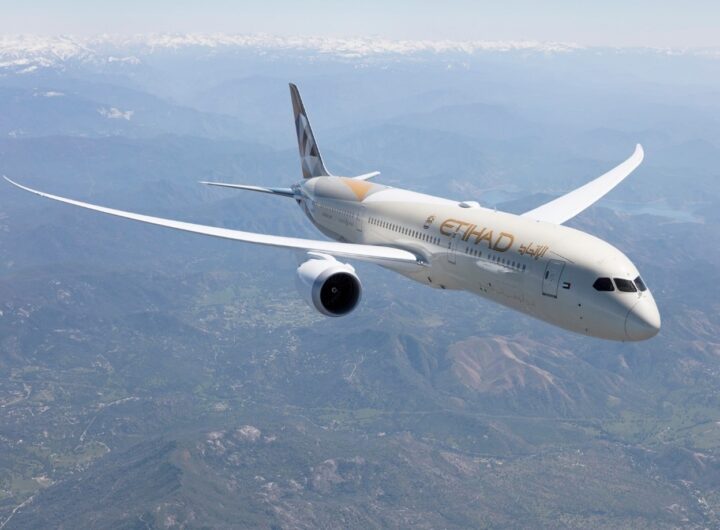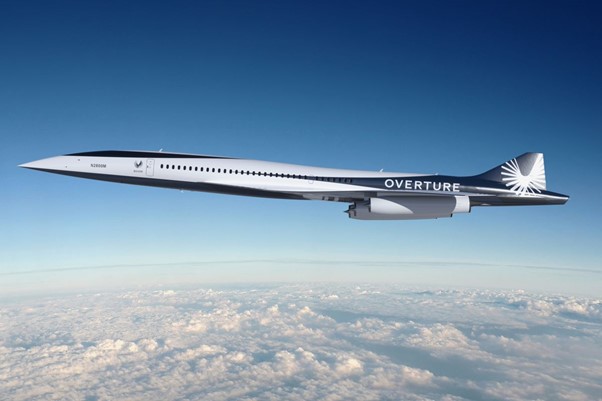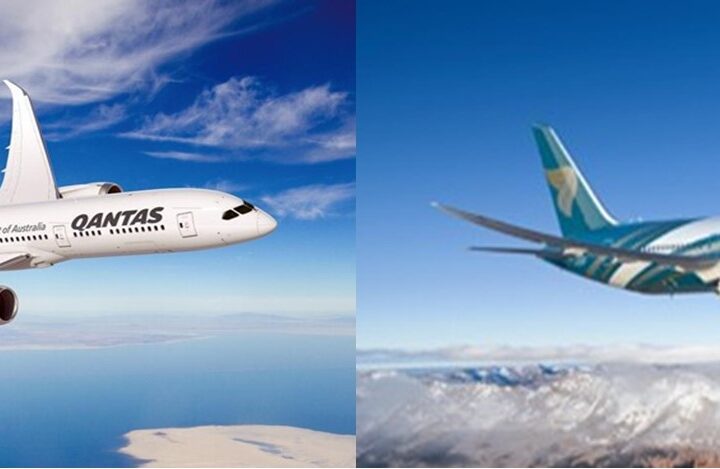
Photo credit: Vecteezy
Air travel has long been a challenging frontier for accessibility, lagging behind other transport sectors that have made significant strides. For passengers with disabilities, the journey often begins with navigating airport designs that were not built with their needs in mind. Traditional airport layouts cater to a “typical” user experience, which fails to accommodate the diverse accessibility requirements of all travellers. Adapting these gateways within their existing footprints is essential, especially as new greenfield sites are scarce.
Simple Changes for Significant Impact
Implementing simple yet effective changes can drastically improve the travel experience for passengers with disabilities. Adjustable check-in desks for wheelchair users, visual aids for the deaf, and braille instructions for the blind are just a few of the easy wins. Furthermore, vertical stacking of items at security points can streamline the process for everyone.
The security screening process, in particular, poses significant stress. Passengers with disabilities are often separated from their families or caregivers, and their baggage is left unattended or out of sight. This can be mitigated through accessible security lanes and the strategic use of technology to ensure a smoother, more inclusive experience.
Technology and Human Touch
Technology will play a crucial role in transforming air travel for disabled passengers. Younger generations are keen to leverage modern tech for an improved travel experience, from appropriately designed biometric readers in contactless lanes to apps providing essential information. There are even trials for robotic assistants that can aid blind passengers or push wheelchairs, though their implementation must align with the desired travel experience.
Virtual reality is also becoming an important tool in airport design, allowing customers with disabilities to take virtual tours of proposed layouts and provide feedback before construction begins. However, empathetic and well-trained staff remain indispensable, as they ensure passengers with disabilities feel supported and empowered throughout their journey.
Overcoming Regulatory Hurdles
A unified approach to regulations and policies across the aviation industry is vital for providing a consistent and dignified service to passengers with disabilities. The World Passenger Symposium (WPS) session concluded that accessibility is a moral imperative and good business sense. The number of travellers in this category is growing, making it essential for airlines and airports to focus on enhancing the customer experience.
Emily Yates, Head of Accessibility and Design at Mima Group, emphasised the importance of mindset and company culture in hiring and training staff who care about accessibility. She stated, “All stakeholders need to get involved, including aircraft OEMs. It is about avoiding unnecessary actions, such as retrofitting an aircraft and ensuring necessary actions, such as adapting airport solutions. The tools to make this possible are already available.”
A Personal Perspective
As someone living with a disability, I am particularly excited about the advancements in accessibility within air travel. These changes promise a more comfortable and independent travel experience and reflect a broader commitment to inclusivity. The progress in other transport sectors has been encouraging, and it is heartening to see the aviation industry making significant strides toward ensuring all passengers can travel with dignity and ease.
The journey towards fully accessible air travel is ongoing, but with the right technology, empathetic personnel, and inclusive designs, the skies are set to become more welcoming for everyone. This new era of accessibility is not just about meeting regulations—it’s about creating a world where all travellers, regardless of their abilities, can enjoy the freedom and joy of flight.
 Etihad to Operate A350-1000 to Sydney From December 2025
Etihad to Operate A350-1000 to Sydney From December 2025  Air New Zealand and BETA Technologies Launch First Electric Aircraft in Tauranga
Air New Zealand and BETA Technologies Launch First Electric Aircraft in Tauranga  Supersonic Is Back: Boom Supersonic To Bring Fast Flights to the Skies by 2030
Supersonic Is Back: Boom Supersonic To Bring Fast Flights to the Skies by 2030  Cathay Pacific Elevates Its Membership Experience: Smoother, Simpler, and Better for Every Traveller
Cathay Pacific Elevates Its Membership Experience: Smoother, Simpler, and Better for Every Traveller  Malaysia Airlines Soars to New Heights: Named Among World’s Top 10 Airlines by Condé Nast Traveller
Malaysia Airlines Soars to New Heights: Named Among World’s Top 10 Airlines by Condé Nast Traveller  Oman Air–Qantas Partnership: Elevating Airline Loyalty and Middle East Travel for Australians
Oman Air–Qantas Partnership: Elevating Airline Loyalty and Middle East Travel for Australians  Bookings open for Ritz-Carlton Yacht’s 2027 summer sailings Evrima and Ilma with sail the Mediterranean and Northern Europe
Bookings open for Ritz-Carlton Yacht’s 2027 summer sailings Evrima and Ilma with sail the Mediterranean and Northern Europe  Regent Bali Canggu Launches Michelin Master Series: Premier Culinary Experience in Asia
Regent Bali Canggu Launches Michelin Master Series: Premier Culinary Experience in Asia  The Pros and Cons of Robot-Generated Itineraries
The Pros and Cons of Robot-Generated Itineraries  Royal Caribbean Group Unveils Ultimate Santorini Experience: Royal Beach Club Opening Summer 2026
Royal Caribbean Group Unveils Ultimate Santorini Experience: Royal Beach Club Opening Summer 2026 